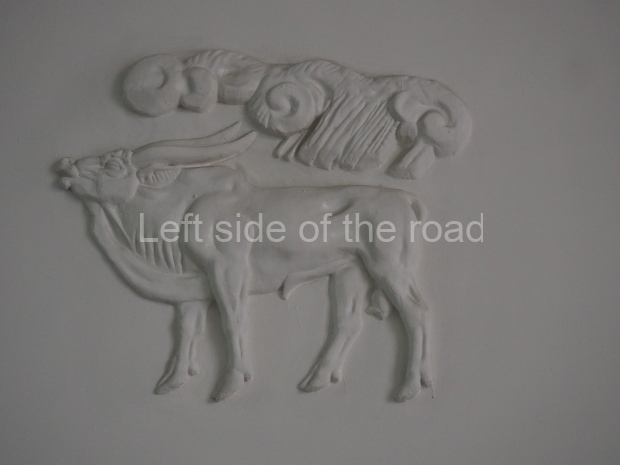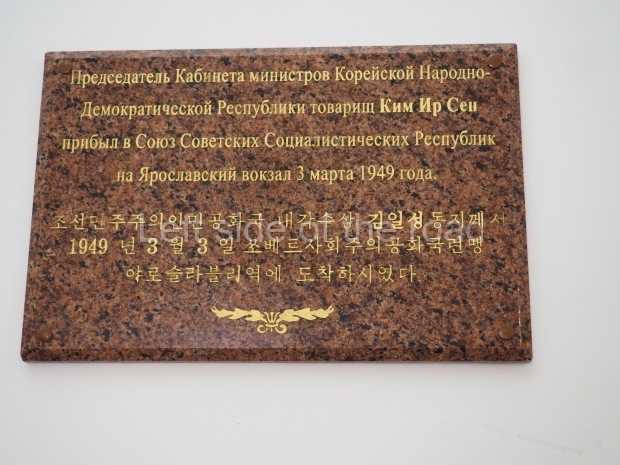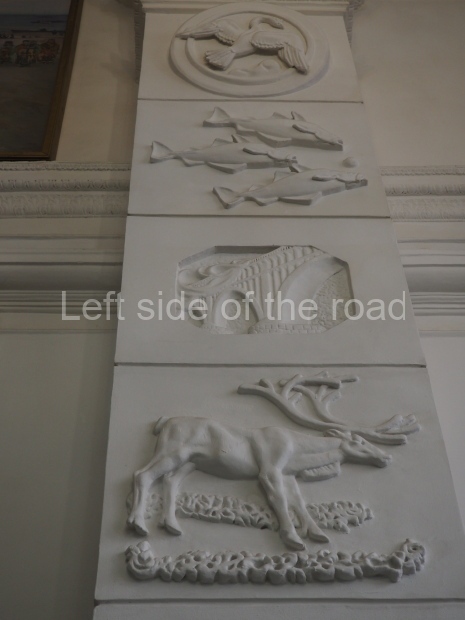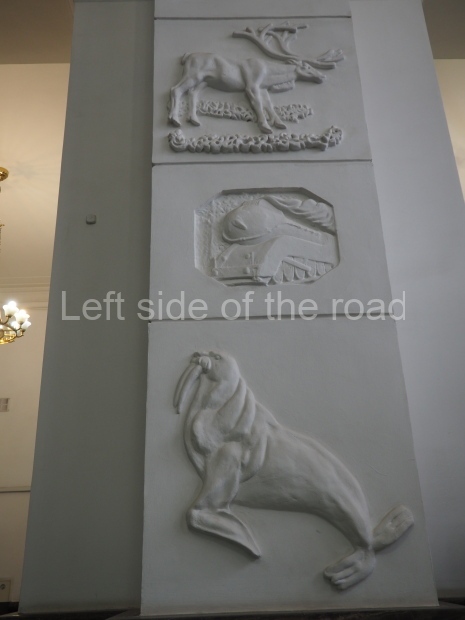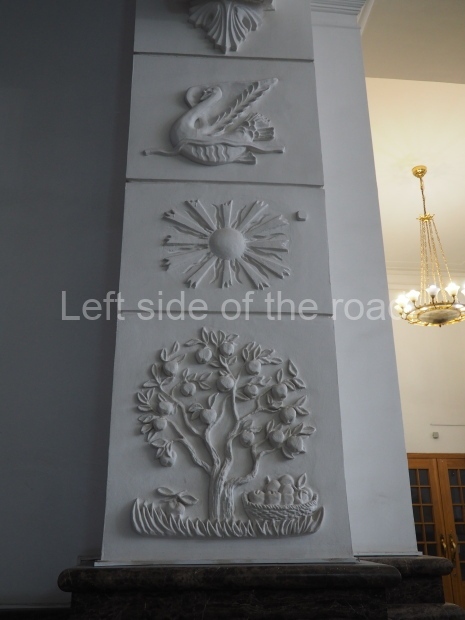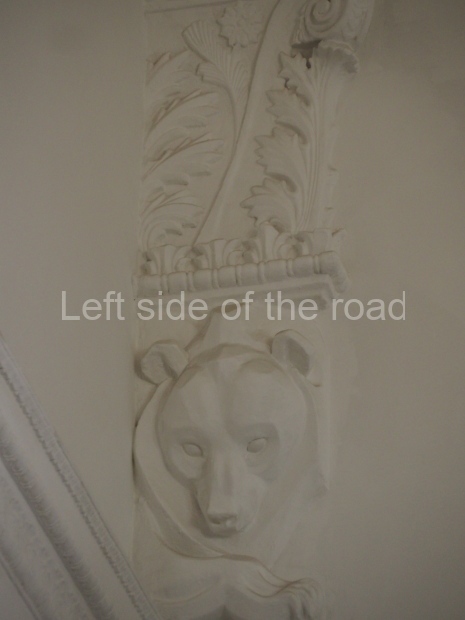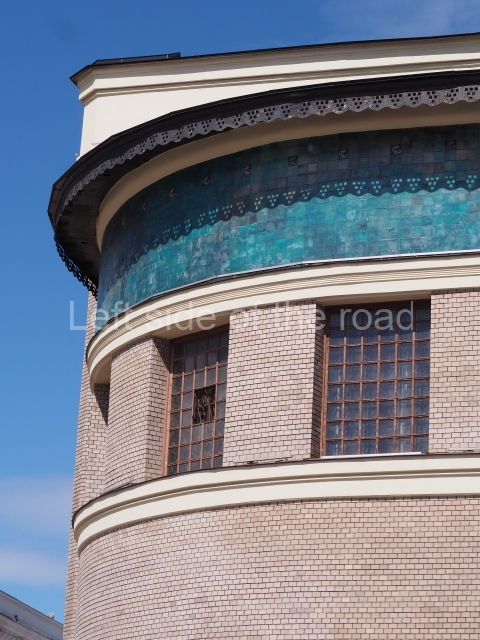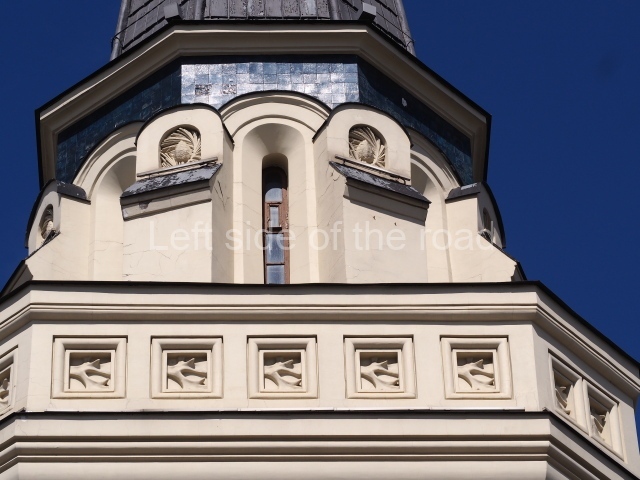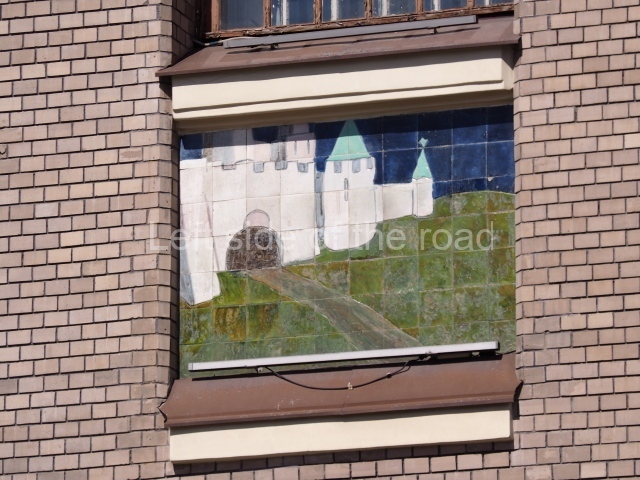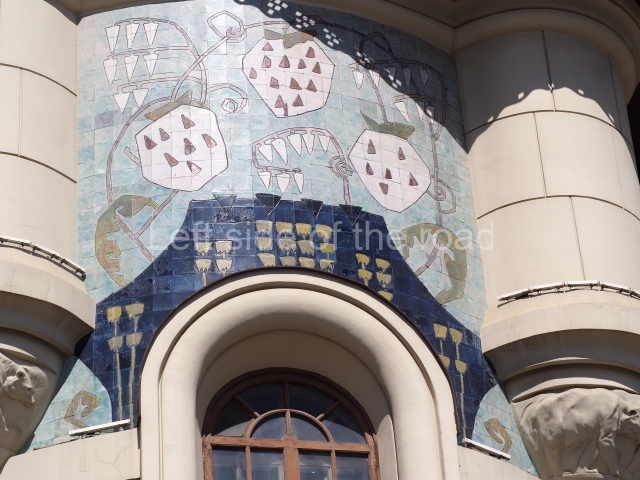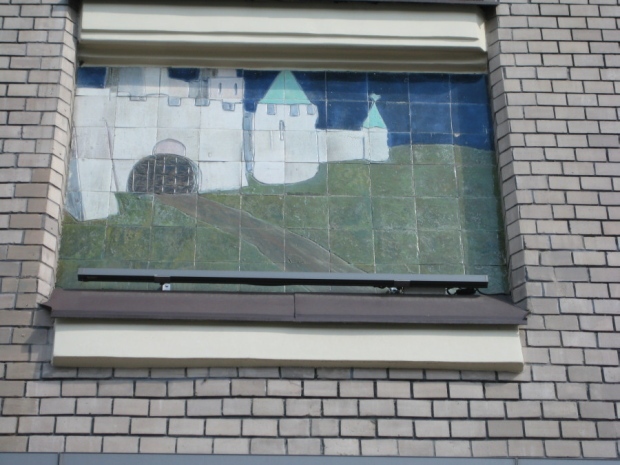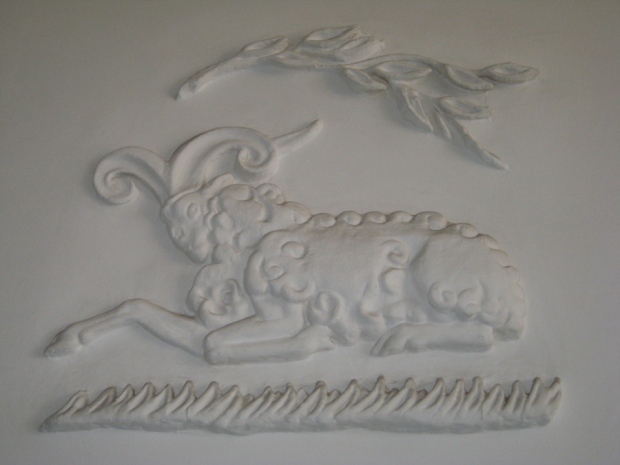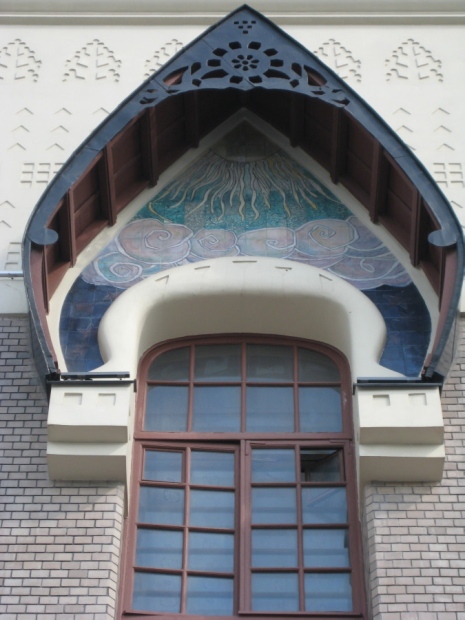
Train on the east coast of the DPRK
More on the DPRK
No longer alone
Although there were people getting on at the various stations not many were coming into the carriage at the end of the train – and I don’t think it was ever full at any time during the journey. It was probably about two to three hours into the journey before a couple of men came along the corridor (some time after the most recent station stop) and joined me in the compartment that housed berths 5 – 8. We soon realised that we had no common language with which we could communicate but that didn’t really become a problem.
Being by myself for the first part of the morning I wasn’t really as much aware of the general protocol of travelling in the sleeper carriage of the train. The majority of the passengers were male (in the whole 33 hours of the journey no more than a couple of female passenger in the carriage – not so in the rest of the train) and as soon as they had settled down, having found their berth and stowed any luggage the first task was to strip off the outdoor clothes.
I learnt on this journey that the majority of men in the DPRK seem to wear one-piece thermal underwear (that used to be called ‘long-johns’ but as they have come into fashion again in the west recently – for all, men, women and children – they are now known as ‘onesies’) and many of them would spend the journey dressed like that, even when it came to getting off the train at some of the longer stops. Others, perhaps with a different attitude to modesty, would take off their street wear and spend the journey in a track suit. Many of the men were dressed in suits and this was to keep these in a good condition but as well it was just mirroring what they would do at home. It might be moving across country but these compartments were effectively our home for the duration of the journey. Street shoes were replaced by some sort of slipper or flip-flops – again just as they would at home. This reluctance on behalf of many in Britain to leave the dirt of the streets on the margins of their homes is one of the reasons the British are considered ‘dirty’ in some countries of Europe, especially the further east you go.
Although they didn’t have a lot of luggage but what they did have was a medium-sized, cardboard box which was placed underneath the table by the window. I was to find out what was in that in a matter of a couple of hours.
How to cater for a long journey
When it comes to food planning it is a necessity on this route from Pyongyang to Moscow, especially if you are going straight through and not planning to stop off en route. I could have done better in my planning but was saved by serendipity. If I were to make the journey again I would plan for the worst case scenario as the greatest disaster in such a situation is that you arrive in Moscow with a lot of food which you didn’t need.
One stand-by (although far from providing a memorable gastronomic experience) are dried noodles, these are especially popular for long distance travellers on Chinese trains. It was for this reason that I had initial concerns about the samovar taking a long time to heat up after departing from Pyongyang. Really the only thing that can be said for instant noodles is that they are light in weight and will keep you alive – and at the end of your journey will swear never to touch them again for the rest of your life.
Due to DPRK restrictions on tourist, as it stands at the moment you won’t be able to make this trip unless it’s tagged on to the end of another pre-booked, organised trip. This means your official tour guides will be able to get you to a supermarket to stock up before you get on the train. I had to shop taking into account the longer stretch on to Moscow but I ended up hitting it lucky on that stretch as well (more in a later post) – so my errors were covered over. Obviously, if you make this trip with a group of people you can turn it into a gastronomic extravaganza if you so wish. Travelling alone means that the responsibility falls on yourself but at the same time opportunities open up to a lone traveller that will denied a group.
The more I think about it the more I don’t understand why the food trolley didn’t come to the last carriage. As far as I could tell the door was locked between the sleeper carriage and the rest of the train – but I might have got things wrong there. Before boarding I thought this trolley would have been a useful fall back option. On the other hand there might have been the problem with currency. Chinese Yuan might have been accepted as on the train from Dandong (on entering the country) but I don’t if that would have been the same with Euros. Presenting US Dollars might well, rightfully, have resulted in you being thrown off the train – before it stopped at a station.
Shopping in the DPRK
It seems appropriate here to make a bit of an aside and talk about shopping in the DPRK. Shopping is something I do only when I have to so won’t be talking about what might or might not be good value in the DPRK. Here I want to concentrate on some of the practicalities that any foreign tourist might find useful on a visit to the country. This is even more important as one of the few English language guide books about the DPRK (Bradt’s ‘North Korea’, 3rd edition, published 2016) is so out of touch with present day reality it is even more than useless. The author is more intent on making negative comments (as he does throughout) that he forgets that a guide book is useful only if it provides a visitor with up to date and accurate information. Virtually all his references to shopping are inaccurate. In fact, if he took out his childish ‘political analysis’ the whole book would be half as long and twice as useful.
What is true, which I’ve stated a number of times in previous posts and which many people are aware, is that you don’t have the same freedom to walk into any shop that is the case in most countries. That aside for shopaholics or just the curious it is possible to get an idea of how this works in the country as well as an indication of what ‘s available to buyers. Whether or not every citizen of the DPRK can actually purchase these items or not is totally irrelevant. Shops are full to bursting with all kinds of items many places throughout the world but that doesn’t mean that all citizens of those countries can take advantage of what’s on sale. I don’t know how much a Rolls Royce car might cost but as the saying goes ‘if you need to ask the price you can’t afford it’.
I suppose for a foreign visitor the number of places where they might be able to shop are limited to a small number of categories.
Those places which are a common part of the itinerary and where there will always be a slot in the timetable. One of these is the Stamp Shop – which is just to the left of the main entrance to the Hotel Koryo on Changgwang Street (not far from the main railway station). As the name implies there are a lot of collectors postage stamps here. These are interesting for people other than stamp collectors as since the very beginning postage stamps have told the story of the political situation internationally, commemorating events that might be taking place nationally or internationally (where there’s a DPRK presence) or celebrating an idea, an achievement or individuals within North Korean culture. (Even, bizarrely, a series of commemorative stamps in 1982 for the birth of William Saxe-Coburg and Gotha.) For those interested in DPRK Socialist Realism some of these are miniature art works of the genre.
Also on sale in the Stamp Shop are small, poster reproductions of some of the stamps. My group was told that the ones that depict the US being destroyed by soldiers of the DPRK are especially popular. A paper version of these would cost about the equivalent of £3.00 and one printed on cloth about £10.00. Here both Yuan and Euros are happily accepted.
The other place that is on the itinerary of virtually all tours is a visit to the Foreign Languages Bookshop on Sungri Street, just a block away north from Kim Il Sung Square. This is only a small, one room bookshop but it has a reasonable selection of books that cover the spectrum from the political to the cultural. The most common languages will be Russian, English, French and German, many books (especially picture books and albums) being in two or three languages in the same edition. These will be of various prices and probably more expensive than was normally the case in such bookshops in Socialist countries in the past. Here, again, Yuan and Euros are accepted without any problem.
Sanctions mean that it’s not easy for the country to export its publications and it’s even difficult for foreigners to subscribe to magazines from the DPRK. This probably has had an impact on the prices requested. However, technology has become a sanctions buster here with much historical and contemporary political material (including the monthly magazines ‘Korea Today’ and ‘DPRK Pictorial’ – in various languages) available as a download – in pdf – from Korean Books.
Visitors might want to buy drinks in their hotels at the end of the (what is normally a very long) day. I have no interest in other country’s beers when I’m travelling and stick to whatever is the local brew. In the Koryo Hotel a local made beer, 660ml, cost the equivalent of about £1.20. Stay local with the spirits and the prices are still very low (taking into account these are hotel prices and much more expensive than they would be in a local supermarket). Go pretentious and international and the prices will probably start to get to what you’d pay in any international hotel. Why anyone would do that is beyond me but there’s no accounting for taste.
All the international tourist hotels will also have a small supermarket somewhere in the building. These are rarely very busy and have a selection of both local produce as well as international products – almost certainly from China. Here it is the case that you have to pay via the system of getting a chit of you purchases, paying for them and then returning to the first counter. This, for people who are used to going to a supermarket and then paying for their goods via the self check-out, does seem (and in fact it is) somewhat archaic. But why do people who go to other countries demand that everything is the same there as in their home country? It’s different but once you know the system it’s no more complicated than queuing in any major department store in Europe. Even there things have changed – remember when cash tills were everywhere but now there’s a common queue? Anyhow, my limited experience at the hotel shop was easy enough the staff, knowing that their system might be strange for foreigners, making the process as easy as possible. Why this constant search for tiny inconveniences to make a negative point about a society?
The other shopping opportunity – that might only be normally available to those tourists on some of the longer tours – is a visit to a ‘normal’ department store in the centre of Pyongyang where foreign currency could be exchanged for DPRK won and used to buy whatever was available to the local population. This was a three storey store along one of the main streets of the capital – unfortunately I didn’t get the name or the address, but I’m sure it would be the same one used for tourists each time.
The idea here is that the visitor is allowed to wander around and see what is there and after a pre-arranged time meet up with the guides and then the process of currency exchange and purchase would go from there.
This store was similar to many in any other reasonably well-developed city. On the ground floor food and household goods. The range of food was extensive and prices by European standards were cheap – but then the cost of living in general is much less than in Europe. Most of the goods on sale in this store appeared to be local, DPRK produce. The food hall took up most of the ground floor and the household goods section was relatively small – specialised stores for such goods holding a bigger selection.
The first floor was mainly clothing and other items of personal use. Here there was a requirement to deposit any bags at a counter before going through a turn-stile to enter the sales area at the top of the stairs. I would have no idea of the incidence of shop lifting in the DPRK but I suppose there will always be someone who wants something for nothing. I’m the worst one to ask about what might be on sale but all the (very few) items I inspected looked of reasonable quality. There was nothing I needed but I’m sure that many tourists taken to this shop would buy a small something just to say they handled DPRK currency and that they had something authentically North Korean.
The top floor was dominated by a huge canteen. I was there at lunch time and the place was full and very busy. There seemed to be a wide selection of dishes, some similar to what we had been served in various restaurants at previous meal times and other more esoteric dishes which would be the norm for Koreans but which I really only came across when I was on the train journey from Pyongyang to Rajin – on my way to Moscow. This included a wide selection of sweets and desserts, that section full with children. I would have preferred to have eaten here rather than the fancy restaurant somewhere in the depths of the same building but that was not possible.
I suppose I should have decided to buy something, just to experience the actual process of currency exchange, but there’s nothing to be gained by knowing the process as it would only take place with the involvement of the official guides so the role of the visitor would be to merely pull out the foreign notes. When I met with my two female guides and I said there was nothing I wanted they neither expressed surprise nor suggested that surely there must be something I would want – i.e., there was no pressure to spend foreign currency. This was the case in all the places that we did any shopping, you could spend as much or as little as you wanted and all the guides would do would be to make the transaction as trouble-free and quick as possible – there nearly always being time constraints.
A whistle salute as the train departed
There was an interesting ritual when the train left one of the stations after about 3 hours into the journey (possibly Sudok or Sinsongchon) which didn’t occur anywhere else. As the train started to move out of the station a number of female station staff, all immaculately dressed in dark blue uniforms, blew their whistles as the train moved away. There were quite a few of them as if they were at each of the carriages along the whole length of the train. As my carriage was the last the whistling stopped after we passed and can only surmise it was to make people aware that a train was moving away from the station. I can’t recall this happening anywhere else which makes it all the stranger as I would have thought these procedures would have been standardised throughout the network.
My concerns about food came to nothing and Korean hospitality
Before getting on the train in Pyongyang I had been given a take-away, packed Korean lunch as the meal was considered to be part of my tour package. This sort of multi compartment, plastic container is common in many countries of South-east Asia. They have a time scale of a couple of days outside of refrigeration, there are and six or seven sections in the base with a number of local dishes, a mixture of meat/fish and vegetables, as well as the ubiquitous rice. When I had been handed this I decided that if other food options didn’t present themselves I could have survived on this for the length of the journey, it being easy for me (a relatively small eater) to spread the contents over a couple of meals. However, that didn’t become necessary.
From my experience North Koreans (reinforced by the almost 12 days I spent on trains with citizens of the DPRK) tend to have quite regular habits when it comes to eating, when they have the opportunity to choose when to eat. That’s basically 06.00 for breakfast, 12.00 for lunch and then 18.00 for the evening meal. Obviously it could, and did, slip from time to time but unless something major interfered (such as a longer stop at a station occurring at one of these times if travelling) it would rarely slip more than 30 minutes or so.
Around about 12.30 the question I had asked myself about what was in the cardboard box that my two compartment companions had brought with them was answered. It was their picnic for the duration of the journey. This was not home-made food but different dishes that had been prepared on a commercial basis and which local people would have bought in the stalls, stores or supermarkets before getting on the train.
Obviously there are no take-away places that have become like a virus in most countries, culturally homogenised but dominated by the fast-food that has spawned around the world from the United States. One of the great joys of being in the DPRK was that it was a Coca Cola/McDonalds/KFC/etc., free zone. Not only was the country not poisoned by the food itself, neither was the eye continually assaulted by their garish advertising and promotion. Also the country was free from the pollution of the streets which always comes with these businesses and the attitude of those who eat there of the throw away nature of what they had paid for.
Back to the compartment at lunch time. Slowly, out of the cardboard box came a number of these small, clear, plastic containers. They were talking amongst themselves about what to bring out, deciding how to spread the different dishes over the meals when they were on the train. The small semi-circular table that was fitted beneath the window was soon full of different containers. Also making an appearance was a bottle of a reddish coloured liquid in a bottle that was first used to store iced tea. The bottle was followed by a small stack of shot sized, clear, plastic cups.
Next to appear was a plastic bag which held a number of packs of use once and throw away chopsticks. These are, again, common throughout this part of the world. The chopsticks are made from flimsy wood and are shaped to about a centimetre or two from the end you hold in your hands. When released from their plastic wrapping (plastic is dominating so many aspects of life in the DPRK as well as other parts of the world) you just pull them apart and after the meal throw them away. (For anyone making a long journey by rail it would be useful to have some of these little packs as washing facilities are basic and the disposable sticks are a better option – although that might horrify many environmentalists.)
There had been little communication between us since they had joined the train apart from the nod of the head and a smile at the beginning and I just sat and watched this all play out. I was thinking that I, too, would start on my lunch – such an early start had meant I hadn’t had any breakfast.
The next thing to happen was that one of them handed me a pair of the chopsticks and indicated with his hand that I should help myself to what was on the table. Thinking that I should at least attempt to bring something to the feast I brought out and opened my commercially prepared lunch pack and found space for it on the edge of the table, indicating that – if they wished – that was available for the table.
Food for foreign tourists
This food was unlike any that had been presented at the something like 20 meals in the different restaurants during the first ten days or so of my visit. This was ‘Korean’ food but very different from the ‘Korean’ food that’s presented in the places where tourists go to eat. These restaurants are a mix of KITC (the official Korean Tourist company) owned restaurants or those attached to hotels. In many respects these are the up-market type of restaurants that aren’t in normal use. Those attached to hotels are the sort of places that would be used for large, family celebrations, such as weddings, so are close to a normal restaurant as they would be in any country.
I also feel that, although there’s no total pandering to foreign tastes, many of these places have a ‘westernised’ menu. It takes the fundamental of local cuisine but then twists it slightly to take in influences from the capitalist west. This is yet another impact, which affects virtually all countries – a sign of ‘wealth and prosperity’ is defined by the consumption habits of those in the richer countries of the world. A consequence of this is that meat, of all varieties, appears in quantities that aren’t the norm in the local cuisine. This is done not taking into consideration the negative effects that this change in diet might have on both the economy, ecology and health of a country.
On the other hand to have provided typical North Korean cuisine to foreign visitors on all occasions would have caused riots. I have been in circumstances (especially in Spain) where tourist hotels, catering for those from northern Europe, have tried to introduce local dishes in all meals but have soon changed back to a more homogenised menu (perhaps having a ‘local’ menu on one night of the week) as what people say and how they react when presented with a different menu is very often not the same – especially if this goes on for a number of consecutive days.
At the same time reject all the rubbish you’ll read on other sites where people claim that eating in these restaurants is all to do with a separation of foreigners from the rest of the population. If these people had travelled anywhere in any other part of the world they would have experienced a situation where the places to eat are not chosen for the benefit of the tourist themselves but of another self-interest – whether that be of a guide (who will get some commission) or a place that has an agreed relationship with a tour company. So on virtually all organised tours, in all countries of the world, the choice is no choice whatsoever. The only way you could do that is when you travel independently – but those who the most vocal in their criticism of the DPRK are the very ones who would be like fish out of water if they had to depend upon their own wits.
I agree it’s unfortunate that independent travel is not possible in the DPRK but that has historic reasons – which anyone with a modicum of political analytical ability will understand. The biased and prejudiced attitude of some travellers being a prime example of what this has produced. If you want to find fault when visiting another country then no country would be omitted – including the country from where these complainers come. It’s a case of people in glass houses. But hypocrisy is not confined to political so-called ‘leaders’.
It’s also not true that no Korean can enter the restaurants where groups of foreign tourists are eating. It would be difficult to place a percentage upon it (I wasn’t thinking in that strangely constrained manner when I was eating) but I would say that about a third of the places I ate in during the 11 days I was in the country there were a few local people also having a meal. This was especially so in the restaurants attached to any of the hotels in the centre of Pyongyang. If there was a limiting factor it was probably down to cost, making the realistic assumption that the hotel restaurants would have been more expensive than those regular eating places along all the streets.
I personally would have preferred to have eaten on those more ‘local’ sorts of places as well as at some of the street stalls that existed on occasions. There seemed to be some semi-permanent places in the centre of Pyongyang that only seemed to be open at weekends – which seemed to be attracting a regular stream of customers whenever I passed them.
But back to what the locals had for their lunch – which I was now sharing.
There must have been a half a dozen different dishes, with a mixture of meat, fish and vegetables. The fish, in such circumstances, is almost invariably the small, dried fish (which I learnt more about when on the next stage of my journey from Tumangang to Moscow). The meat was pork and this was in a spicy thick sauce. (Knowing that many foreigners are used to bland and flavourless food probably the most frequent questions about food preferences was whether you liked spicy food or not.) And, of course, there was always plenty of rice together with a container of kimchi. (There seems to be as many recipes for kimchi as the number of people who make it and I probably never ate the same version twice.) The fresh veg was provided by a small cucumber that was handed to me and which was eaten by biting off a chunk – having the effect of refreshing the mouth from the spicy cooked vegetable and meat dishes.
Soon after we had started eating the little plastic cups began to be passed around. This was their version of the local, home-made alcohol, possibly soju (rice wine) but this version had a slight reddish tint so was almost certainly flavoured by some fruit – perhaps to soften the impact (although I didn’t think it too harsh). Again the awful Bradt guidebook ‘warns’ visitors off this tasting these home-made versions for some reason.
As I was eating I was aware that the train staff were passing past the door taking food they had prepared and cooked to other passengers who weren’t as organised as my companions. This is useful to know for anyone who might like to try what could be produced on a tiny stove in an equally tiny kitchen. I stored this idea away for possible back-up when I was on the Tumangang-Moscow train – but that was before I knew the actual logistics of that part of the journey. There would still be the problem of communication but I’m sure that, if necessary, the problem could have been overcome with body language and a few selected words of Korean. As always, if I had known then what I know now.
After the meal the unfinished dishes were put away in their cardboard box and any debris from the meal thrown into the rubbish. Then my two companions went to sleep. In fact, virtually everyone in the carriage, passengers and staff, disappeared for at least an hour or so for the afternoon siesta.
Apart from me. The corridor was quiet as I watched the world go by.
More on the DPRK
Previous Next










